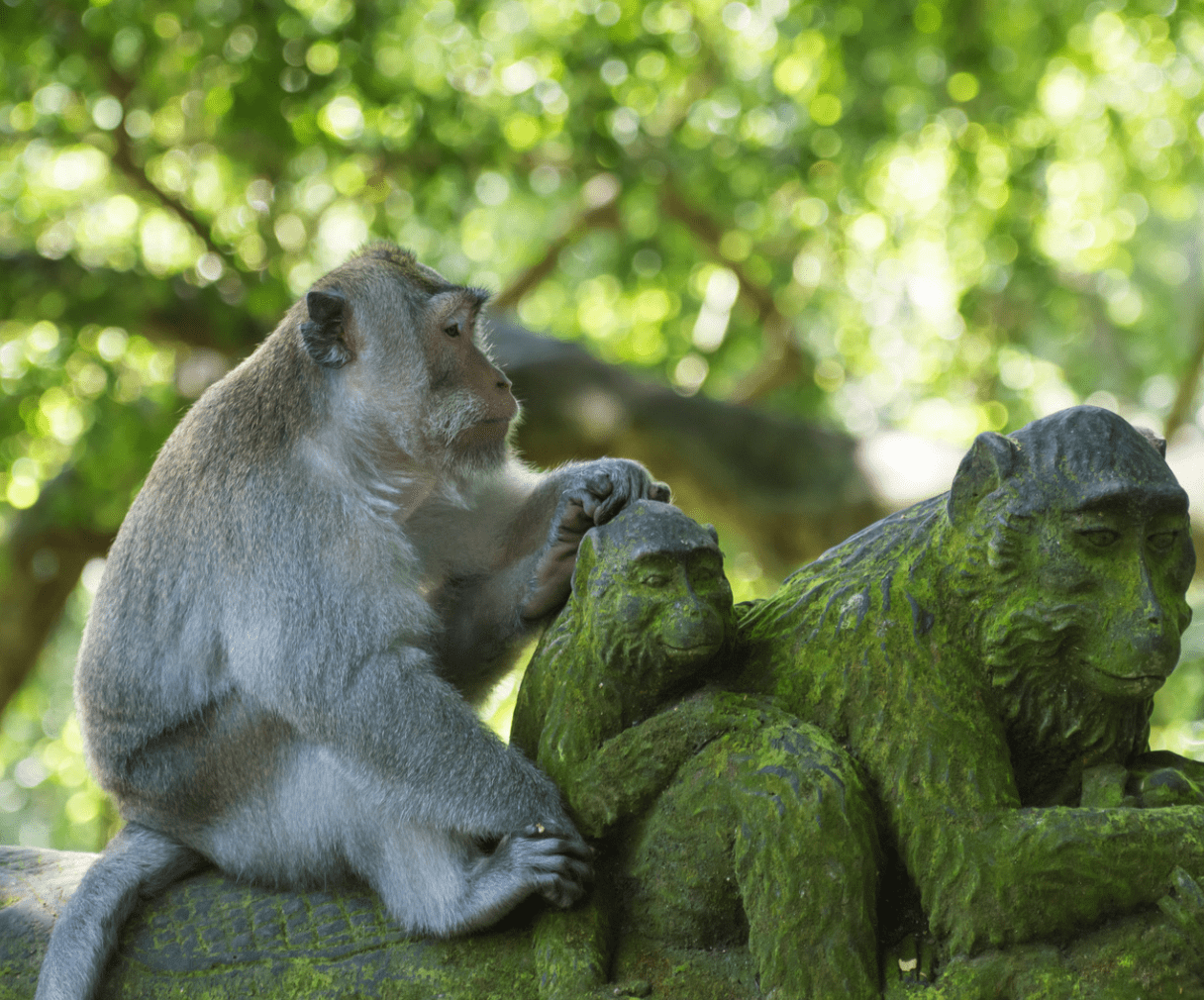This blog is inspired by Chapter 2 of Dharma if you Dare, by Doug Duncan
All the time, your instinctual, emotional, and mental brain functions are telling you to do different things. When you meditate, then, you’re mediating between all the disparate parts of your brain.
No wonder we call it the monkey mind! When we sit down to meditate, what we’re doing goes head to head with many of our innate drives that manifest through these parts of our brains. On some level we’re always processing the brains and body’s urges to stay busy, get laid, make money, have a relationship, find more friends, or “just let me watch Netflix!”
On the other hand, have you ever experienced sitting down to meditate, and watching the mind gradually calm down? I hope so, and I guess we might call that a “good meditation” compared to ones where we feel like the monkey mind dominated the show.
How do we quiet the monkey mind?
In Dharma if You Dare, in reply to a question about how to clear the mind when we meditate, Doug Sensei says, “Don’t.” By trying to, we’re setting ourselves up for failure. Perhaps it would be like trying to control a rapidly flowing river, instead of focusing on steering our raft. Instead, Doug Sensei suggests how to set ourselves up for success:
- Straighten your back – if you’re in a chair, sit away from the back of the chair. That gets the energies flowing more freely.
- Then, don’t try to do anything. Instead, find an interesting object and throw yourself into it. It might be a white rose, or a bowl of rose petals in front of you.
- And when your mind goes to something else, just come back to the object, again and again. You could say, “White roses, white roses, white roses” as a mantra.
So, rather than trying to stop the monkey mind, we exercise the muscle of focusing. Before long we find ourselves in a quieter stretch of river and our whole being calms with it.
Such simple instructions. Whenever the mind wanders off, like a patient parent you just keep bringing it back with your gentle “white roses, white roses.”
Yet, if we stick at it, bliss inevitably follows. That’s simply how it works. From the bliss we are led to joy. And bliss and joy are the result of our effort. It’s not the object itself that brings us the bliss or the joy – something we might remember when we’re off the cushion, where we tend to cling to the objects of desire because they seem to be the source of our happiness.
From Dharma if you Dare:
“You can change the meditation object, but recognise that what’s more interesting than the object itself is the tendency for your attention to drift – ‘Why all of a sudden am I bored with these roses? I wasn’t bored with them five minutes ago.'”
Fascinating, that monkey mind.


